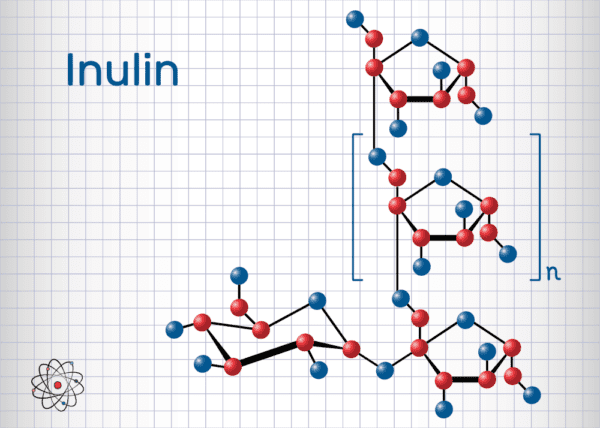Eyebright, also known by its scientific name Euphrasia officinalis, is an herb that has been used for centuries for its medicinal properties. It is native to Europe but can also be found in other parts of the world, including North America.
The name “eyebright” comes from the traditional use of the herb for treating eye conditions. It was believed to be effective in treating a range of eye problems, including conjunctivitis, blepharitis, and styes. The herb was also used for treating respiratory infections, allergies, and digestive issues.
Eyebright contains a variety of active compounds, including flavonoids, tannins, and iridoid glycosides. These compounds are believed to be responsible for the herb’s medicinal properties. Eyebright is thought to have anti-inflammatory, antimicrobial, and astringent properties, which make it useful in treating a range of health conditions.
While there is limited scientific research on the effectiveness of eyebright for treating specific health conditions, traditional use and anecdotal evidence suggest that it may be beneficial for the following:
- Eye health: Eyebright is often used to treat eye conditions such as conjunctivitis and styes. It is believed to have anti-inflammatory and antimicrobial properties, which may help reduce inflammation and fight infections in the eyes.
- Allergies: Eyebright is sometimes used as a natural remedy for allergies. It is believed to have antihistamine properties, which may help reduce symptoms such as sneezing, runny nose, and itchy eyes.
- Respiratory infections: Eyebright is sometimes used to treat respiratory infections such as bronchitis and sinusitis. It is believed to have antimicrobial and expectorant properties, which may help reduce inflammation and promote the removal of mucus from the respiratory tract.
- Digestive issues: Eyebright is sometimes used to treat digestive issues such as diarrhea, constipation, and bloating. It is believed to have astringent properties, which may help reduce inflammation and promote the healing of the digestive tract.
Eyebright is available in various forms, including teas, tinctures, capsules, and eye drops. It is important to note that while eyebright is generally considered safe, it may cause side effects in some individuals. These side effects may include nausea, vomiting, and headache. It is also possible for eyebright to interact with certain medications, so it is important to speak with a healthcare provider before using eyebright if you are taking any medications.
In conclusion, eyebright is an herb that has been used for centuries for its medicinal properties. While there is limited scientific research on its effectiveness for specific health conditions, traditional use and anecdotal evidence suggest that it may be beneficial for eye health, allergies, respiratory infections, and digestive issues. If you are considering using eyebright, it is important to speak with a healthcare provider first to determine if it is right for you and to ensure that you are taking the correct dosage.

 In the food industry, TCP is commonly used as a food additive and a calcium supplement. It is used to fortify foods with calcium, which is an essential mineral that is necessary for the growth and maintenance of strong bones and teeth. TCP is used in a variety of food products, including breakfast cereals, baked goods, cheese, and dairy products.
In the food industry, TCP is commonly used as a food additive and a calcium supplement. It is used to fortify foods with calcium, which is an essential mineral that is necessary for the growth and maintenance of strong bones and teeth. TCP is used in a variety of food products, including breakfast cereals, baked goods, cheese, and dairy products.
